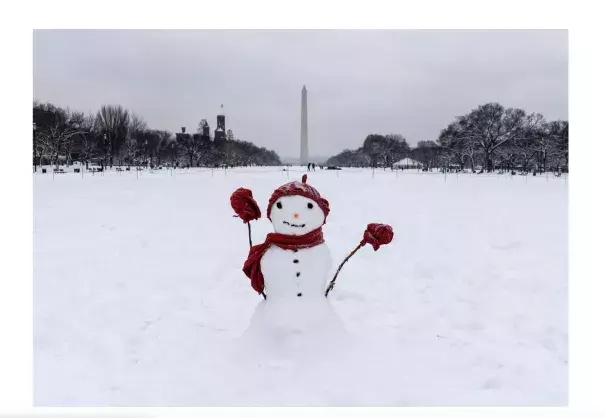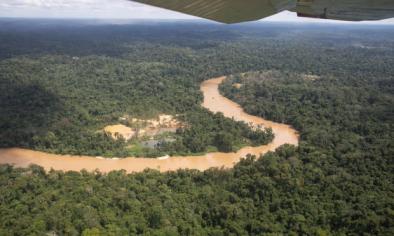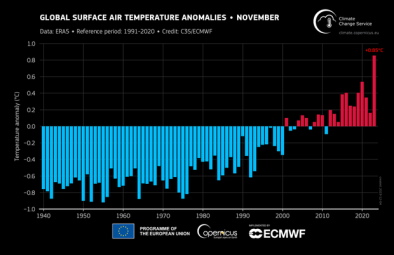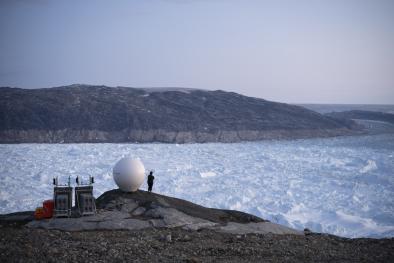Climate change is shrinking winter snow in the South, and in fall and spring over much of nation, report shows

Signals Summary: Climate change is increasing temperatures in all seasons, which can lead to more precipitation falling as rain rather than snow. However, climate change is also increasing the frequency of extreme precipitation events, including snow.
Article Excerpt: During the 1970s, Nashville averaged just under a foot of snowfall each winter. Nowadays, Music City is lucky to see half that in a season.
The same is true in Knoxville, El Paso and Albuquerque; all have seen their typical wintertime snowfalls slashed by half in the past 50 years. And they’re not alone. A broad swath of the United States is seeing changing snowfall patterns, many of which are commensurate with those expected as a result of climate change.
In much of the South, the Plains and the interior Mid-Atlantic, seasonal snow totals are dwindling. That’s according to Climate Central, a nonprofit group specializing in climate change research and communication. A report released Wednesday reveals where snow hopes are beginning to melt away, while a select few locations may actually be seeing more snow thanks to climate change.
Snowfall was seen to be decreasing especially rapidly in the South. These are largely areas that pick up their snow in marginal environments anyway, so any subtle warming can tip the scales and favor temperatures above freezing. That can cut back on snowfall.
...
Perhaps the most telling aspect of the report wasn’t necessarily where snowfall is decreasing, but rather when.
“In the shoulder seasons, when we look at the nationwide average, in the fall and the spring, we’re starting to see a tendency for the amount of snow to decrease,” Climate Central meteorologist Sean Sublette said.
That’s because the “shoulder seasons” on either side of winter — spring and fall — are warmer than winter. By nature of being transitional seasons, their snowfall events typically occur at warmer temperatures closer to the freezing mark. Any climate warming would nudge spring and fall snow events above freezing first, before affecting any trends in the wintertime.
...
In a few spots, snowfall is actually increasing — particularly in the wintertime. According to the report, this occurred in some Northeast cities as well as several communities in the Upper Midwest. Why?
For every degree Fahrenheit the air temperature increases, the atmosphere can hold 4 percent more water. That means that, as long as temperatures stay below freezing, an increase in temperature could lead to a juicier storm and actually produce more snow. For areas that are already plenty cold, such as the Upper Midwest and Interior Northeast, that could be a trend going forward — until, down the road, rising temperatures push some storms over the freezing line.
With a greater atmospheric moisture content, Sublette said, we would expect to see “more snow when the temperature is sufficiently low.”
Related Content






